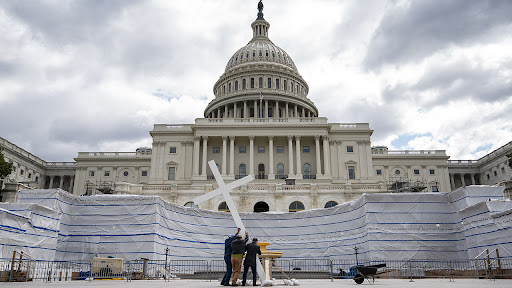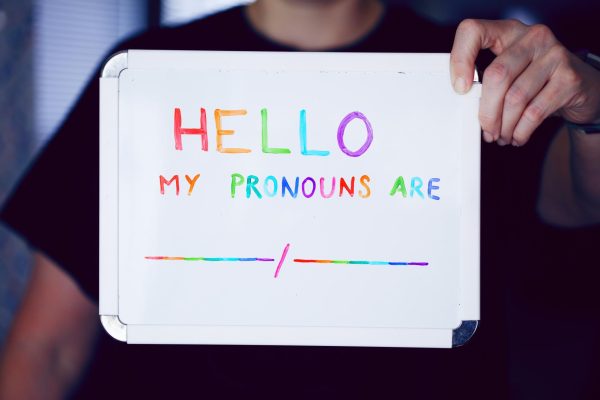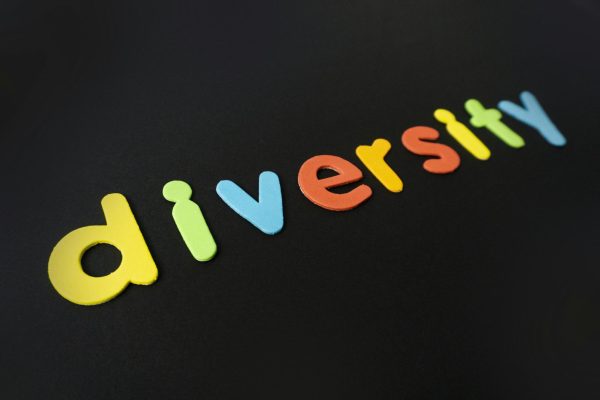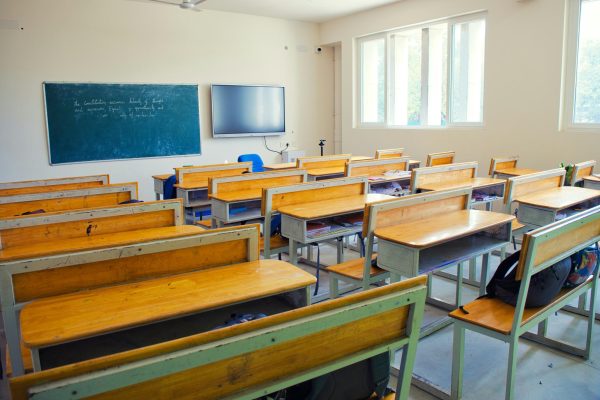The Bad Rulings of the Supreme Court: Separation of Church and state

Photo courtesy of Pew Research Center
The separation between church and state is a fundamental precept in the United States. It was legally established in 1791 with the passage of the bill of rights and more specifically the Establishment Clause of the First Amendment.
It states, “Congress shall make no law respecting an establishment of religion.”
The Amendment was later expanded by the Fourteenth Amendment which also forced states to comply with the Establishment Clause. Despite this, however, the question of religion in public schools has remained a consistent constitutional debate.
Throughout the past 60 years, the Supreme Court has consistently upheld the separation of religion from public schools through a litany of cases, such as Santa Fe School District v. Doe, Lee v. Weisman, Stone v. Graham, Wallace v. Jaffree, Abington Township v. Schempp, and most importantly Engel v. Vitale.
Through these cases, the court reaffirmed that the state cannot support or promote religion in public schools. This includes prayer in class, teaching of the Bible, silent prayer, Ten Commandments displays, graduations, and sporting events.
Recently in a swift one-two punch, the Supreme Court, however, has effectively gutted the past 60 years of Establishment Clause-related rulings and put into question the foundations of the Establishment Clause itself in its rulings for Carson v. Makin and Kennedy v. Bremerton School District.
Carson v. Makin isn’t as alarming as Kennedy v. Bremerton School District but it’s still important to discuss. The long and short of this case is that Maine didn’t allow families to use student aid for religious schools; three families sued in federal court arguing that the prohibition was a violation of the Free Exercise Clause.
The Court ruled that it was indeed a violation of the Free Exercise Clause. To put it simply, it is not. This is not a matter of the government barring students from attending religious schools but a matter if the government is obligated to partially fund those schools through student tuition.
Where does that money come from? That’s right: Taxpayers. So now taxpayer dollars can go to private religious institutions. By allowing this, the Supreme Court is effectively saying that taxpayers can be forced to support religious instruction.
The more concerning ruling however is Kennedy v. Bremerton School District. This case concerns a high school football coach, Joseph Kennedy, who hosted prayer sessions on the 50-yard line with students after football games. The school eventually asked him to find a more private place to do that, but he refused.
Kennedy then invited local and national news outlets and even a state representative to see what he was doing. Because of this he later lost his job. Kennedy then sued Bremerton School District for violating his First Amendment rights and Title VII under the Civil Rights Act of 1964.
The Court ruled that the school had violated Kennedy’s constitutional rights under the First Amendment, stating that he had the right to privately worship. The problem with this ruling is that he was not worshiping privately. He was holding these prayer sessions at the 50-yard line of a football field while both teams were there and inviting them to join him. You can’t really get more public than that. To boot, he was having prayers before games in the locker room.
Kennedy was doing this on publicly-funded property, as a publicly-funded employee, while encouraging students to join. This is not private worship. Since he was working under Bremerton School District he is acting as an agent of the state. There aren’t many other ways to say it, the Supreme Court just lied in its ruling because there is no justifiable metric where this can be seen as private worship.
Not only that though, but Kennedy also wasn’t even technically fired. He didn’t apply to renew his contract after the 2015 football season and was summarily let go. That’s right, the entire foundation for his lawsuit was built on lies. There was absolutely no constitutional foundation for his firing because he was never fired, to begin with.
By ruling in Kennedy’s favor, the Court blurred the line between what constitutes someone acting as a public official and a private citizen. If a coach having prayer on the field and in the locker room with students is considered private, what’s stopping normal classrooms from doing the same thing? If anything a normal classroom is more private than the 50-yard line of a football field right after a game.
Many have used the justification that these prayers are not compulsory so it, in fact, is constitutional but the court has ruled time and again that’s not the case. Regardless of whether students are required to participate, having communal prayer creates an environment of otherness and ostracisation for those who do not participate. It separates students from those who do and do not participate.
In the majority opinion, Justice Neil Gorsuch wrote, “The Constitution and the best of our traditions counsel mutual respect and tolerance, not censorship and suppression, for religious and nonreligious views alike.”
The problem with this is that Gorsuch is equating secular and non-secular views when on a governmental level they are fundamentally not equal. In a secular government founded on the separation of church and state, non-religious views serve as the basis for governmental rule. Whereas, non-secular views are merely the ones that the government allows to practice. Everyone has the freedom of religion but also a freedom from religion.
This ruling doesn’t explicitly dissolve the separation of church and state, but it does call into question what constitutes acting as a public official and private citizen, and that is the real problem. As I said, the logical extension of this ruling would be to allow teachers to lead prayers in classrooms and have it treated as a private event despite the teacher doing it during school hours and acting as a public official in every other regard. There is no longer that firm line between governmental and private action.
I would also like to point out how people will treat Kennedy’s prayers as inspirational and admirable but in the same breath classify as “gender indoctrination” any gay teacher who merely mentions their sexuality. ”
With the rulings of Carson v. Makin and Kennedy v. Bremerton School District, the Supreme Court is now rapidly dissolving the separation between the church and state by allowing taxpayer dollars to go to religious institutions and by muddying the line between public and private action by government agents. By treating secularism and non-secularism as equal, the Supreme Court has created a fundamental imbalance between the two.






